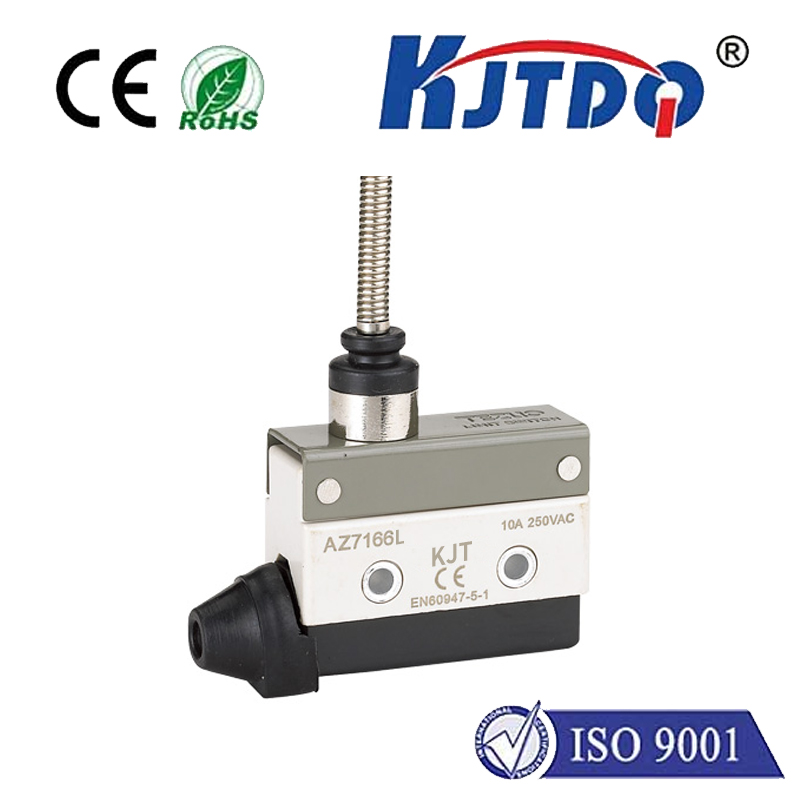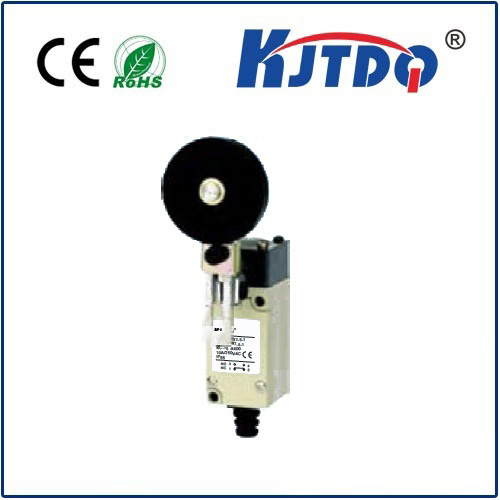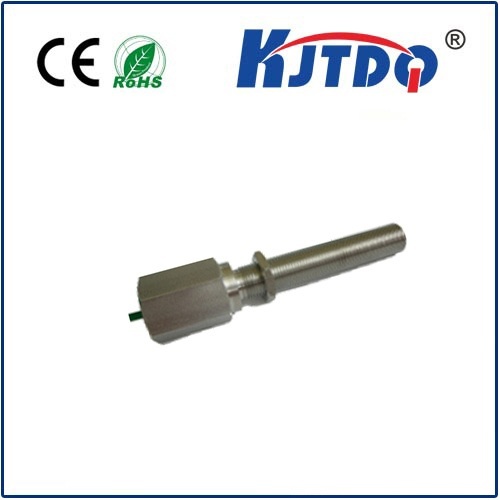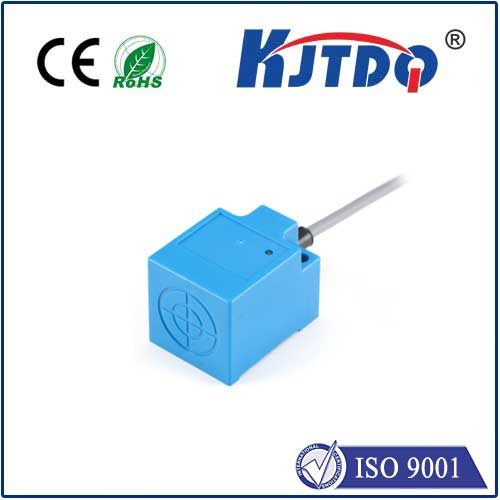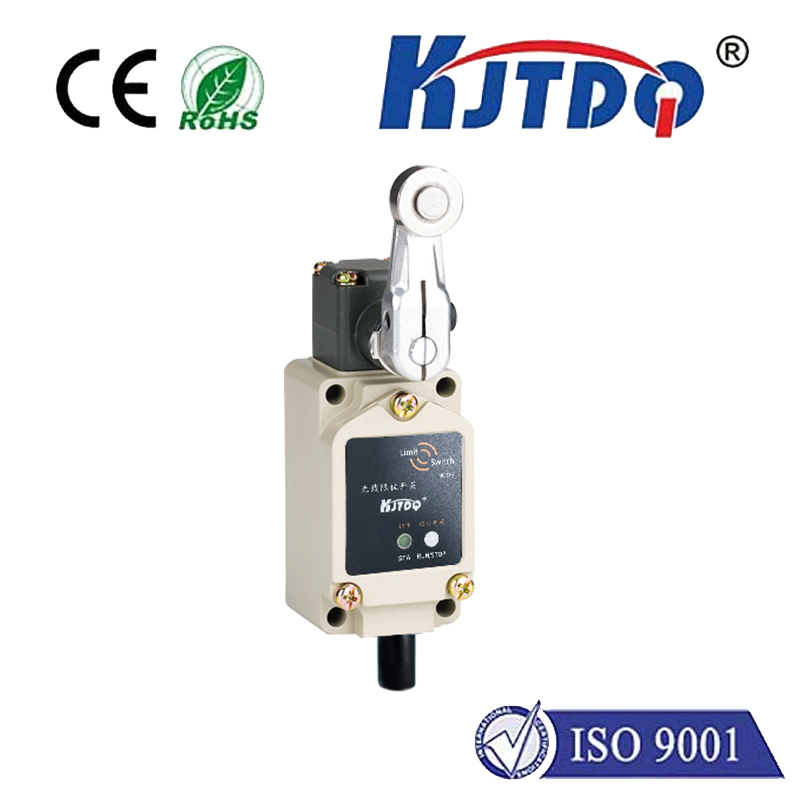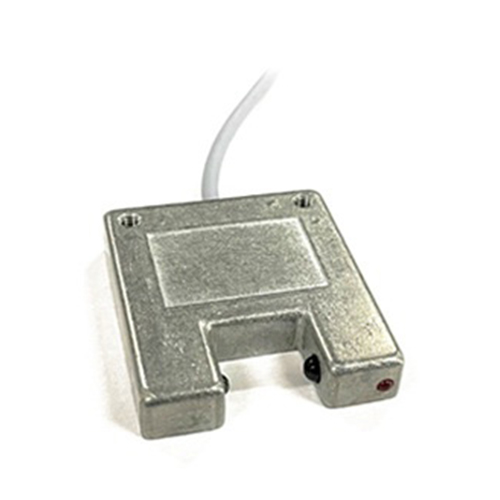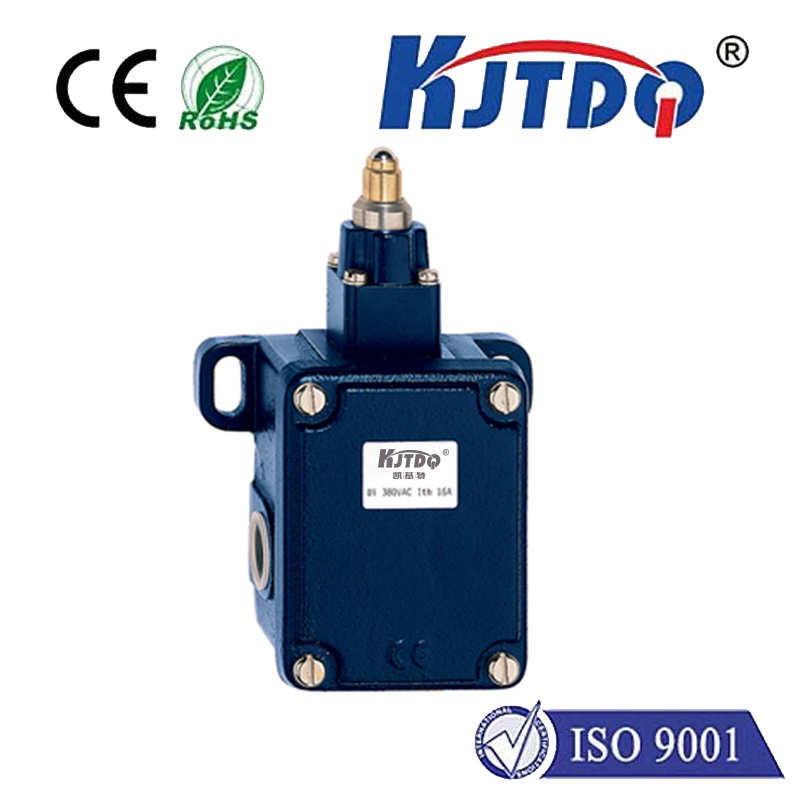small proximity sensor switch
- time:2025-09-07 02:15:06
- Click:0
The Mighty Miniature: Small Proximity Sensor Switches Powering Modern Innovations
You take your smartphone out of your pocket or bag, and the screen instantly illuminates. You approach an automated sliding door at the grocery store, and it smoothly glides open. A bright LED light spills across your desk with just a wave of your hand. These seemingly mundane modern conveniences share a hidden, crucial component: the small proximity sensor switch. These compact marvels are the unsung heroes behind countless interactions in our increasingly automated world, enabling touchless control, enhanced safety, and intricate detection mechanisms within incredibly tight spaces.
Beyond Touch: The Intuitive Function of Small Proximity Sensor Switches
At their core, proximity sensor switches detect the presence or absence of a nearby object without requiring physical contact. They achieve this feat by reacting to changes in an electromagnetic field, capacitance, or other physical phenomena caused by a target object entering their sensing zone. Small proximity sensor switches perform this vital function with a distinct advantage: their significantly reduced physical footprint.
This miniaturization unlocks possibilities where larger sensors simply cannot fit, revolutionizing design potential across industries. Imagine fitting sophisticated object detection into a tiny earphone bud, the slim bezel of a smartphone, or the cramped confines of a drone’s landing gear. Miniature sensors make this achievable.
Ubiquitous Influence: Where Small Size Creates Big Impact

The applications for these tiny titans of detection are remarkably diverse, largely thanks to their small size and versatility:
- Consumer Electronics: Found in smartphones (screen wake/sleep), tablets, earbuds (in-ear detection), laptops (lid open/close), smartwatches, and smart home devices for touchless gesture control and power saving. Their compact size is essential for sleeker device designs.
- Industrial Automation: Crucial for high-speed object counting, precise positioning on assembly lines, verifying the presence of tiny components, detecting end-of-travel in miniature actuators, and safeguarding operators near small machinery. Reliability in harsh factory environments is paramount.
- Automotive: Enable keyless entry systems, detect seat occupancy for airbag control, monitor gearbox positions, control touch-sensitive panels, and contribute to advanced driver-assistance systems (ADAS) – all requiring sensors that fit into densely packed assemblies.
- Medical Devices: Provide non-contact operation in diagnostic equipment, detect fluid levels in wearable drug pumps, control instrument movements in surgical robots, and enhance hygiene by eliminating touchpoints.
- Security & Access Control: Power hands-free door activation, detect tampering attempts on enclosures, and sense presence for intrusion detection systems in locations requiring discreet sensing.
- Appliance Innovation: Enable capacitive touch panels on coffee machines, detect door closure on microwaves and ovens for safety interlocks, and facilitate touchless faucets – enhancing both user experience and safety.
Why “Small” Makes All the Difference: Key Advantages
The defining characteristic of being “small” translates directly into tangible benefits:
- Space Efficiency (Enhanced Integration): This is their primary superpower. They fit into locations impossible for bulkier alternatives, enabling innovation in compact device design and complex machinery.
- Extended Service Life: Lack of physical contact means significantly reduced mechanical wear and tear compared to mechanical switches, increasing reliability and lowering long-term maintenance costs. No moving parts equals less failure.
- Hygiene & Cleanliness: Non-contact operation is crucial in medical settings, food processing, and public interfaces, minimizing contamination risks.
- Resilience: Often designed with robust enclosures (e.g., IP67/IP68 rated), they can withstand challenging environments filled with dust, moisture, oils, and vibrations that would damage mechanical components.
- Energy Efficiency: Many modern proximity sensors consume minimal power, especially important for battery-operated portable devices.
- High-Speed Operation: They can detect objects moving at high velocities, far exceeding the capabilities of typical mechanical switches.
Choosing the Right Small Proximity Switch: Factors to Consider
Not all miniature sensors are created equal. Selecting the optimal one involves evaluating several factors:
- Sensing Principle: Inductive (for metallic targets), Capacitive (for various materials including liquids and non-metals), Infrared, Ultrasonic, Magnetic – the choice depends on the target material.
- Sensing Distance: The exact operating range required for the application.
- Output Type: Digital outputs (like PNP or NPN transistors, Relay) are common for simple presence/absence detection; analog outputs provide distance information; IO-Link offers advanced diagnostics and configurability.
- Physical Dimensions & Shape: Cylindrical, block-shaped, or ultra-thin – ensuring it fits the designated space is critical.
- Environmental Rating (IP/NEMA): Protection level against dust and water ingress based on the operating environment.
- Supply Voltage & Power Consumption: Compatibility with the system’s power source and constraints.
- Target Material: The specific material the sensor needs to detect reliably.
The Horizon: Continuous Innovation for a Smaller, Smarter World
The development of small proximity sensor switches is relentless. Ongoing research focuses on:
- Miniaturizing Further: Pushing the boundaries of how small effective sensors can be manufactured.
- Boosting Sensitivity & Range: Enhancing detection capabilities within the same small footprint.
- Improving Material Detection: Expanding the range of detectable materials and improving reliability for challenging targets.
- Integrating Intelligence: Adding edge computing capabilities for smart filtering, diagnostics, and condition monitoring at the sensor level.
- Enhancing Connectivity: Wider adoption of IO-Link and wireless protocols for easier integration into IIoT (Industrial Internet of Things) systems.
Conclusion (Omitted per Requirement):
The profound impact of the small proximity sensor switch is a testament to the power of miniaturization. By enabling non-contact detection in spaces previously inaccessible, they form a fundamental building block for modern automation, smarter consumer devices, and enhanced safety across countless domains. As technology continues its relentless drive towards smaller, more integrated solutions, the capabilities and applications of these miniature marvels will only expand, quietly and reliably sensing the world around us, one tiny interaction at a time. Their diminutive size belies their immense contribution to the invisible intelligence woven into the fabric of our technological lives.






